By Petra Page-Mann
(inspired by ongoing conversations with Matthew Goldfarb and many other curious humxns)
Do you feel the wind in your hair, salty air deep in your nose?
Do you see the coastline, cliffs falling into the sea?
Do you taste those plants with leaves deep green, waxy and wide, so well-adapted to life on the edge of the world?
So many of our ancestors co-adapted with this plant for millennia, so tenacious and nutritious, along the south and eastern edges of the Mediterranean.
After thousands of years of co-evolution with this salt-loving plant — mmmmm: mutual aid! — a multitude of morphologies emerged.
Some were leafy — so leafy — and others sprouted large, luscious florets. Some of those leaves enveloped each other forming a ‘head’ at the top and others formed dozens of miniature ‘heads’ along the stalk, each growing sweeter with the cool Mediterranean winter.
Pliny the Elder ascribed ‘brassica’ to cabbage-like plants in the 6th century BC and when Joseph Jakob von Plenck proclaimed ‘Brassica oleracea’ in 1794, the western world formally affirmed that this single species included everything from cabbage to collards, kale to kohlrabi, cauliflower to broccoli, brussels sprouts and beyond.
All this!
From a population of wild plants, minding their own business for countless millennia atop limestone cliffs above the surf.
Fast-forward:
Tomatoes are red, I’m sure you’ve heard.
Many plant breeders grapple with this humbling 21st Century truth: If seeds don’t fit a SKU on a supermarket shelf (or even more niche: mirror consumer expectations at the farmers market) they stay in the breeders or farmers fields and never make it to our tables.
Maybe you can relate: Do you ever feel social pressure cultivating you toward cultural norms, toward uniformity?
Perhaps how we save our seeds is how we save ourselves.
Who’s saving who?
Brassica oleracea is a microscopic marvel of macroscopic magnificence: diversity is the foundation of resilience.
The seeds we sow are a reflection of what our modern food system values.
Efficiency, productivity, exact days to maturity, scalability, shipability.
Robin Wall Kimmerer observes, “we’ve surrendered our values to an economic system that actively harms what we love.”
As we enter the sixth mass extinction of Earth’s vast history, how do we practice and embody such nimble, delicious possibility as we move forward?
Let’s go back: How did our ancestors’ imaginations co-adapt so expansively alongside this leafy green member of their community?
I’ve been trying to think about and say this differently, but I’ll just go ahead and say it:
Our ancestors loved this plant.
The rugged tenacity spoke to them. The diversity and deliciousness enthralled them. The ease of being in relationship; the curiosity and courage to explore that ensued. The joy in seeing diversity bloom into even wider and more delectable diversity. The way those plants grew even more tender and sweet with co-adaptive selection deep in the Mediterranean winter. What happens when we save seed from plants that look, taste & grow approximately like this? Or this? Or this?!! I love imagining our ancestors pointing at emergent leaf shapes, savoring frost-sweetened stalks and leaves, celebrating as they noticed shifts both little and large, both hoped for and unexpected, as they grew in all kinds of ways alongside these adaptable brassicas.
Also:
Our ancestors loved to play with this plant.
Curiosity is a wellspring of life and a hallmark of humxnity. As industrial systems rogue us out of our own Eden, how do we nourish our imaginations and return to more resilient relationships, curious and courageous, reciprocal and playful, with our beloved plant kin?
Let’s begin with love.
The Becoming of a New Brassica
Where does love begin?
With the abundance I experienced in my father’s garden. In the steaming deliciousness emerging from my mother’s kitchen. Certainly my deep eastern European roots predispose my passion for cabbage. However I slice it (pun intended), I have loved all manner of brassicas for as long as I can remember and my curiosity has only expanded with time.
Before we step deeper into saving seeds beyond SKUs, let’s meet the parents of our sweet muse:
Meet Mermaid’s Tale
Each fall, Matthew and I sing as we fill my grandmother’s 20-gallon crocks with kraut and Friends, our love of cabbage may only be surpassed by our love of the color purple. Several autumns back, we were among several thousand cabbages, vivid purple and cone-headed, fabulously large and luminous. “What would happen if we crossed a green cabbage with a purple one?” he asked.
We did.
And Friends, Mermaid’s Tale is a fabulous cabbage, shimmering violet and lime, tender and sweet, diverse and delish. (For the whole story of our breeding process, hop on over to www.fruitionseeds.com where you’ll find our blog, Cabbage Re-Imagined: Remembering Our Food, Re-Imagining Ourselves.)
Meet Hen Peck Collard
“Oh and try this, we like it so much better than kale!’ exclaimed our friend Roxanne in the middle of winter, reaching for a leaf. The darling serrations decorating each emerald leaf were immediately endearing and from the first nibble of stem we absolutely agreed. So much more tender and sweet than kale in both summer heat and winter chill, Hen Peck collards are equally easy to grow and impressively cold-hardy here in zone 5, not to mention prolific.
Deep in autumn, harvesting the last of the cabbage with a handful of frost-sweetened collards for supper, Matthew looked sideways across the rows of resplendent greens we love: “What would happen if we crossed Mermaid’s Tale with Hen Peck?”
We’ve only just begun to find out and Friends, it’s glorious.
Let’s Dig In (& Dig it Up!)
Plant breeding is, as Irwin Goldman observes, the slowest of the performing arts and this is particularly true for biennials like cabbage and collards, who have evolved to set seed in their second growing season. In the autumn of 2020, as we embarked on crossing Mermaid’s Tale cabbage with Hen Peck collards, we beheaded the stalks and dug the roots of about 100 cabbages to re-plant in late March. Collards are cold-hardy enough to overwinter so we planted about 100 bed feet in a high tunnel. Each of these were their own unique seed crop and we hatched a plan for how to cross them, as well.
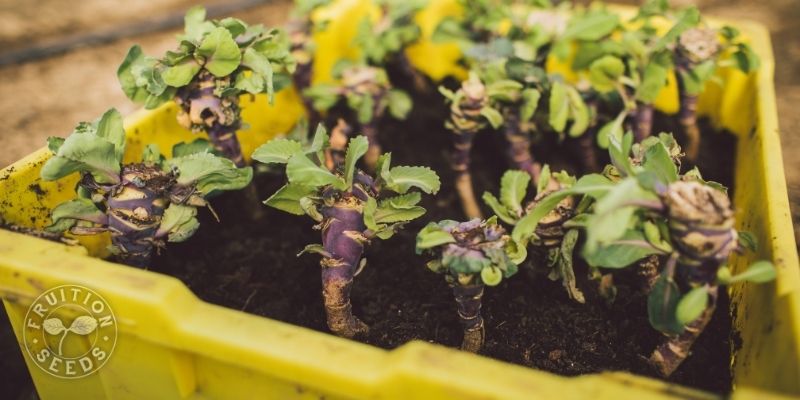

As the snows were melting, both the cabbage and collards began to rise, growing not only leaves but a tall stalk abuzz with flowers. If you’ve never seen a cabbage or collard go to seed, it’s quite astonishing: Each darling plant down at your feet sprouts a dozen or so spires rising five feet or higher, bursting into hundreds of blooms, canary yellow and cabbage-y sweet. Pollinators flock to the ruckus with long, green pods emerging from each pollinated flower. The sea of green pods turn to gold as the seed matures and we harvest them just as the first pods begin to shatter.
As both the cabbage and collard were in the peak flower, we worked some pollination magic alongside the hummingbirds and bees.
In the late afternoon, with our friend Mike Rachman, we wade into the blossoming Mermaid’s Tale cabbage, looking for the bright yellow blooms that haven’t yet opened. These we cover with a tiny jeweler’s bag, gently cinching the drawstring so no insects can climb in to potentially add any other pollen once the flower opens. In the morning, we return to harvest a handful of blooms to tuck in a petri dish and carefully carry over to the ocean of Hen Peck collard flowers.
Surrounded by the scent of honey and hay, we step into the collard flower ocean, looking for bright yellow petals on flowers not yet open. With tweezers, we both quickly and gently remove both petals and pollen-giving anthers from the flowers we’re about to cross before brushing the pollen-receiving stigma of the collard flower with the fresh cabbage flower’s pollen-giving anthers. Next we cover the bloom with a tiny jeweler’s bag and cinch the drawstring, allowing light and air to pass but not any well-meaning insects who may incidentally bring other pollen to the party.
We brush these collard stigmas with cabbage anthers two mornings in a row to be sure that we’ve caught the moment of receptivity, each time returning the jeweler’s bag and labeling the cross with a small tag with the date and cross details.
It’s true, we also made the cross in the opposite way, crossing Hen Peck collard pollen into the Mermaid’s Tale cabbage flowers. There may well be pros and cons, reasons to cross one way more than the other, and as you notice patterns, please let us know! The more we all learn and share the more we’ll nourish our collective imaginations of what’s possible.
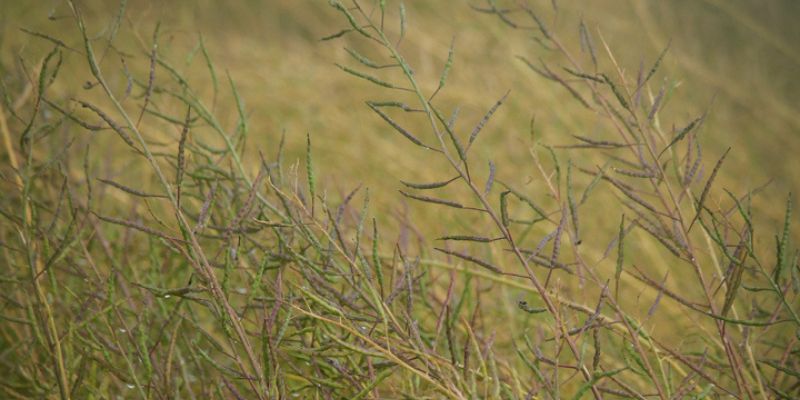

Inside the soft jeweler’s bags, the seed pods begin to form, slowly then quickly turning from green to gold. Here in the Finger Lakes of New York, Zone 5, we find ourselves harvesting those golden cabbage and collard seedpods in late July, leaving just enough time to plant this seed — the next generation! — to grow plants large enough to make selections as well as overwinter, starting the cycle anew.
In fall 2021 we witnessed that first generation in a high tunnel, planting perhaps fifty seeds with bated breath….and behold! The splendor of color and texture, such vigor and abundance, such imagination and SO DELICIOUS! We were absolutely dazzled by the diversity that emerged and so, apparently, were the voles. The succulent stalks were sufficiently sweet and tender that, though we tried, we could not deter their munching mouths. Though only a few plants remained un-munched to grow seed the next spring and we harvested only a handful of seeds, that handful was all that we needed.
In mid-July 2022 we harvested the next generation, immediately sowing and then transplanting 200 feet of these precious seedlings. We watched in awe as they quickly grew into kaleidoscopic expressions of possibility: Fluorescent violet and deep burgundy, bright lime and emerald green. Some plants shimmered with silver. Leaves wide with deep serrations, leaves narrow like a filigree feather. About 50% headed up into a passable cabbage and 100% of the leaves were sweet and tender, a nod to their collard parentage. ‘Best of both worlds’ doesn’t begin to say: This breathtaking, delectable beauty was so far beyond anything we dreamed possible.
What’s in a Name?
And Other Boxes We Fit Into (or Not)
In fall 2023, we invited our community to help name this new vegetable in the world. From the dozens of lyrical and hilarious names shared, “Mermaid’s Aurora’ got the most votes, honoring both the Mermaid’s Tale cabbage in their parentage as well as the shape-shifting, luminous beauty of the northern lights they remind us of.
As we designed the new seed packet for Mermaid’s Aurora, we bumped into yet another box we put seeds (and ourselves) into. On each seed packet, we classify each variety by ‘crop type,’ naming ‘Chioggia’ as a ‘beet,’ for example. Mermaid’s Aurora hails from both collard and cabbage parents, though truly they are now neither. Seeds beyond SKUs! Present us with all manner of fascinating questions. We decided to classify Mermaid’s Aurora as “Collard/Cabbage” to share a sense of what to expect (knowing it’s impossible to describe what to expect), leading with “collard” since all the plants have sweet, tender leaves and a relative collard shape and only about 30% make a head-like cabbage. I wonder: How did our ancestors decide when they needed a new word for a “new vegetable”? When did “rapini” become “broccoli”? How do names reflect dignity and value in our modern world? How might we resist domination culture’s insistence of “invention” while honoring change in ourselves and in the world?
And Friends, you’ll notice that the full name of “Mermaid’s Aurora v.1” shares an even deeper story.
As we’re unlearning and reckoning with all the ways monoculture culture and eugenics thinking has affected us, we’re joyfully sharing seeds with expanded expressions of genetic diversity that we love, disregarding the uniform-and-stable, variety-invention expectations. We’re calling them “versions,” shown on our packets with a “v.1,” “v.2” or “v.17” to reflect the ways we and seeds express, iterate and adapt together across the years. Learn more in our blog See(d)ing the Change: ‘V.1’ Explained & An Invitation to Delectable, Adaptable Diversity!
Versions have more variety in them than your average named ‘variety.’ Versions lean into the fact that, like all life on this planet, they’re always in motion. Feast your senses on these marvelous, momentary, kaleidoscopic expressions of our dynamic co-adapting dance with plants! The world of wine names as well as celebrates that Reisling from a given vineyard will be unique year to year; honoring Versions in our new varieties is an exciting, imperfect and constantly evolving approach to celebrating such diversity in our gardens, in ourselves and in our world.
Takes (and Reflects) a Village
Perhaps our favorite aspect of co-adapting with Mermaid’s Aurora has been weaving our wide community into the process. Several thousand people come to visit Fruition Seeds each season and many of them have actively co-adapted alongside this new brassica and us. In spring, people witness flower stalks rising from the undaunted leaves of overwintered plants. Together we appreciate the diversity of leaf shape and the deliciousness of their flowers, like a bit of broccoli dipped in honey. In early summer our community experiences the magic of green seed pods turning gold, plants as tall as us. Midsummer, people are greeted by young seedlings before they’re planted out, their beautiful diversity already an ocean to behold. From late summer to November people can fully experience the vivid, delicious diversity of these seeds, witnessing their epic and expansive vegetative glory. Together we taste as well as tiptoe down the rows, appreciating the many facets of their unique expression. Rather than co-adapting alone with the handful of folx at the farm, Mermaid’s Aurora reflects the diverse humxn community that has been in awe of them from their earliest generations.
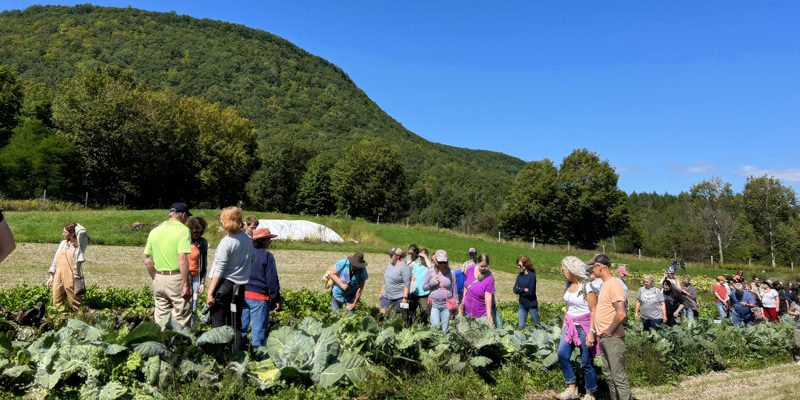

In this moment of agricultural seeds reflecting so much cultural uniformity, there is a powerful exercise we invite. So many of us have siblings and can thus relate: Though we share the same parents, each of us are unique. As we walk through the impressive jungle of Mermaid’s Aurora brilliant brassica diversity, it’s astonishing to remember these seeds are siblings. Despite their immensely different expressions, they share the same parents. Cultivating a little more diversity in our seeds invites us to see and celebrate a little more diversity in ourselves and one another. If we and seeds are a profound reflection of each other, seeds like these help us remember and restore our very humxnity.
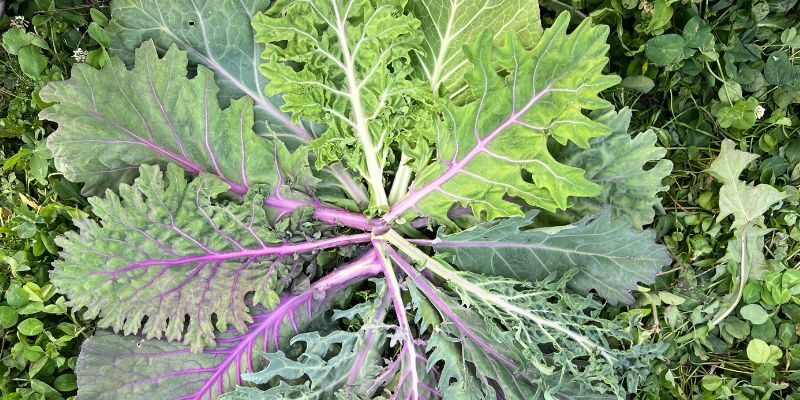


Where do we go now?
Walking the rows, a fascinating question emerged: How do we make selections in this sea of diversity?
Some of us were drawn to certain expressions: Plants with particularly pronounced cabbage heads. Plants with especially wide, deeply serrate leaves. Plants with silver luminescence across the kaleidoscopic colors.
Some of us, while enamored with plenty of individual plants, were most delighted by the exquisite, expansive diversity.
The question remained: How do we make selections in this sea of diversity?
There is no one way to grow food. To grow a life. To grow a democracy.
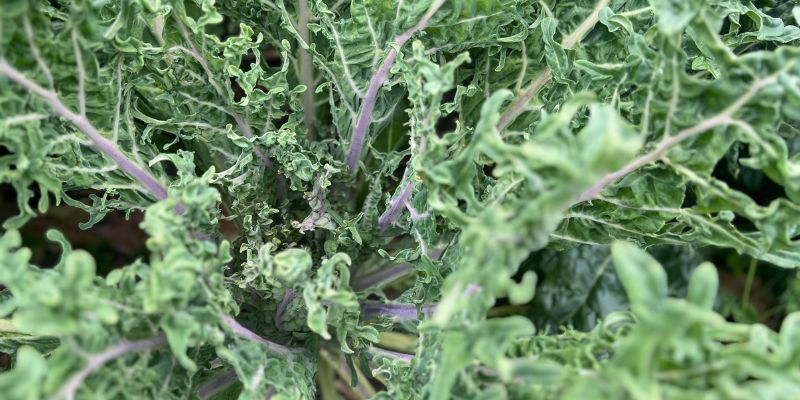

So we’re taking a few different approaches: We’re maintaining a population containing all the raucous, vivid and vivacious diversity. We’re also flagging and saving specific plants to save seeds of expressing patterns we’re hoping to amplify: those that grow larger cabbage heads, those more collard-like with kaleidocopic savoy leaves. As we share this seed, what will you see that you’re hungry to see more of in your garden and in the world?
We ‘save’ Mermaid’s Aurora v.1 seeds (who’s saving who?) and you can, too. We hope you do! So can our collective great-great-great grandchildren, too.
As we grow, save and share seeds for generations to come, perhaps more important than any ‘selection’ we make is the act of simply paying attention. The profound act of paying attention! Being in awe of the plants we’re co-adapting alongside.
Though we revel in the beauty of certain shapes and flavors of expression, we don’t have a specific goal beyond amplifying the possibilities of beauty and deliciousness in the world.
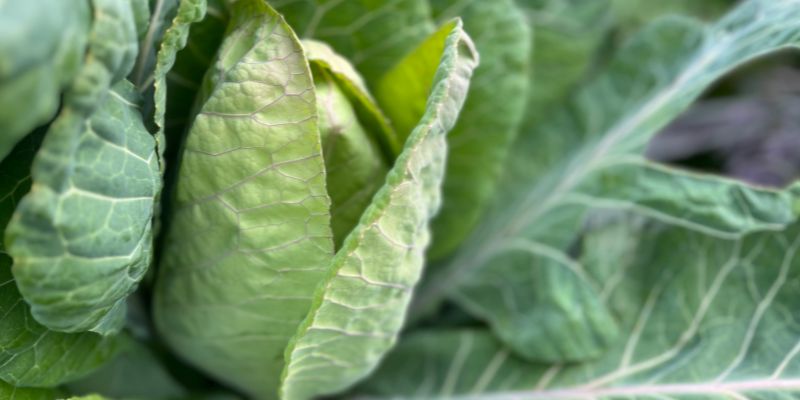

How else can I say it?
Imagine the love of a parent for a child, imagining that parent so energized to see a new world emerge and expansive possibilities become…
…and let’s remember we are such children: Seeds are our 400 million year old teachers.
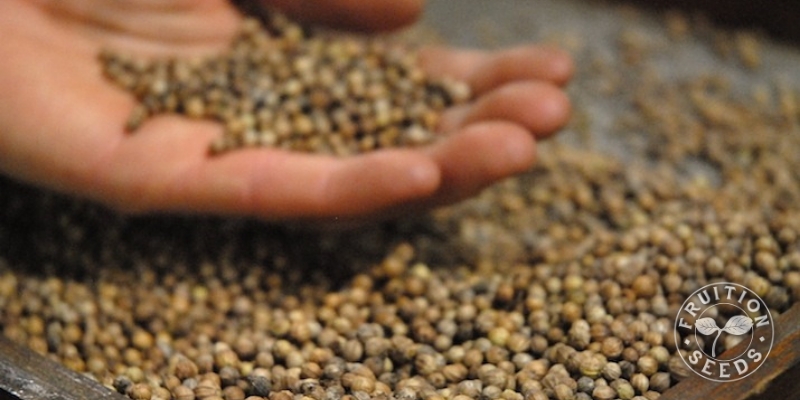
With Every Bite
After millennia of communities co-adapting with brassicas (and a few generations of forgetting), we can quickly return to diversity, to decentralized seeds as commons, to deliciousness. In our hands. In our fields. In our crocks. In our minds and hearts. Like seeds (and so many small things), this is an invitation to imagine brassicas — and ourselves — just a little bit differently.
How might we bring more intention to our relationships, especially our expressions of care and acceptance in ourselves, in our gardens and with each other? How might ongoing co-adaptation between humxns and plants heal and transform our modern selves, our modern world?
Though we’ve all been uprooted from our ten-thousand-year legacy, co-adapting with the seeds as reciprocal kin, we are still deep in this nourishing relationship, with every bite.
Sow Seeds & Sing Songs,


& the whole Fruition Crew
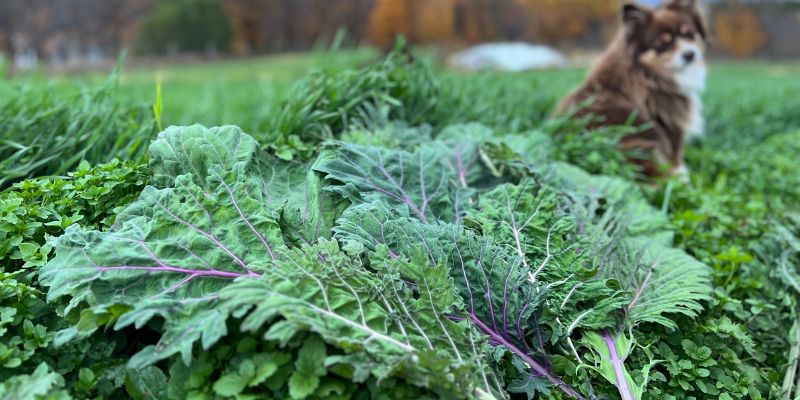



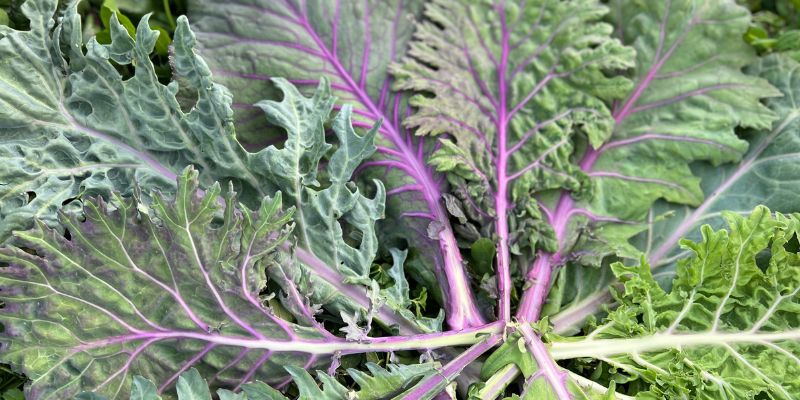
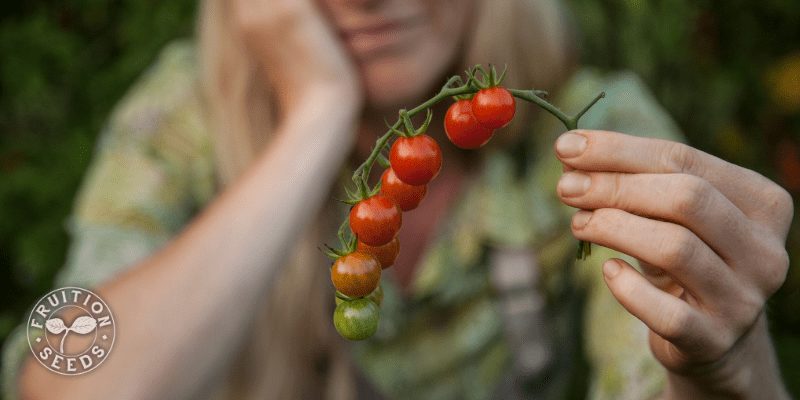
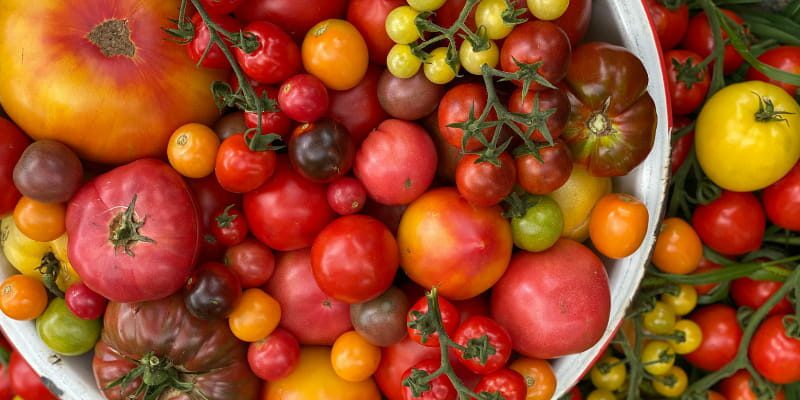
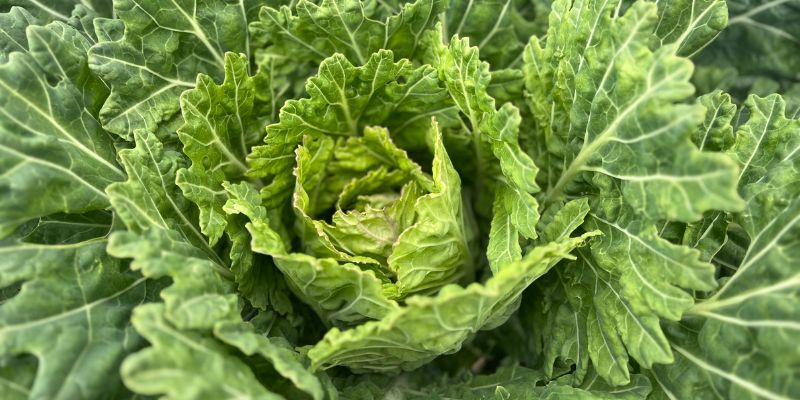
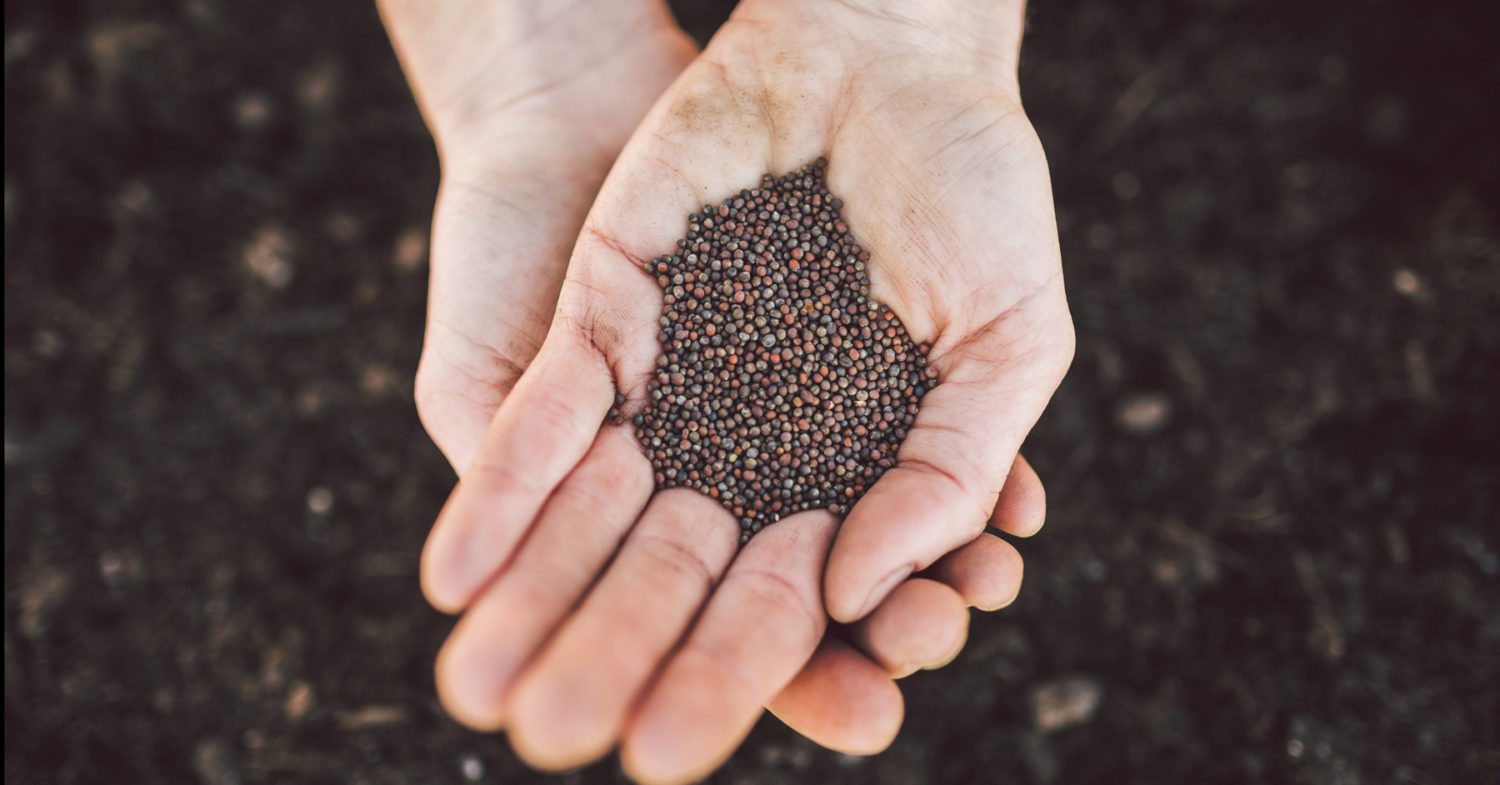
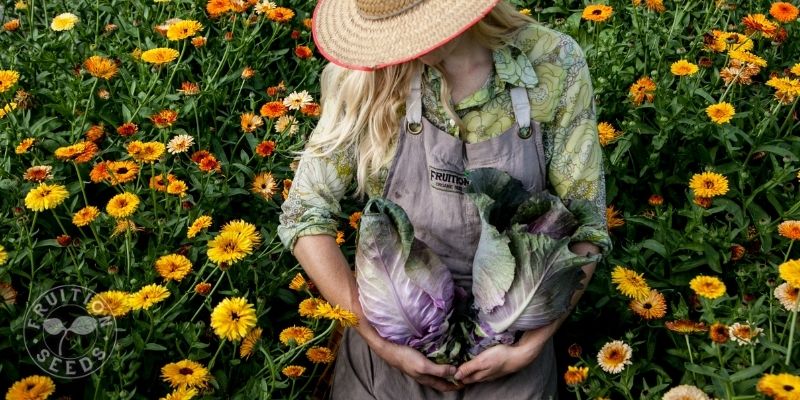
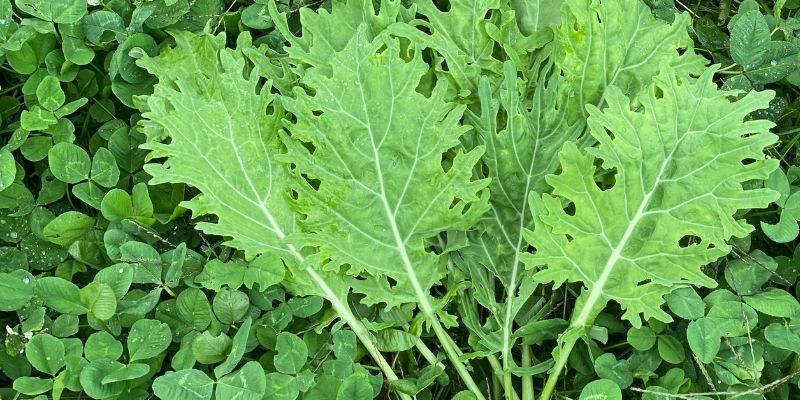
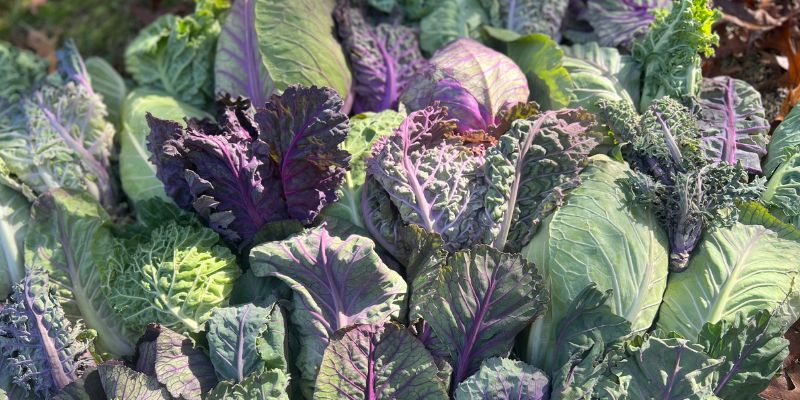
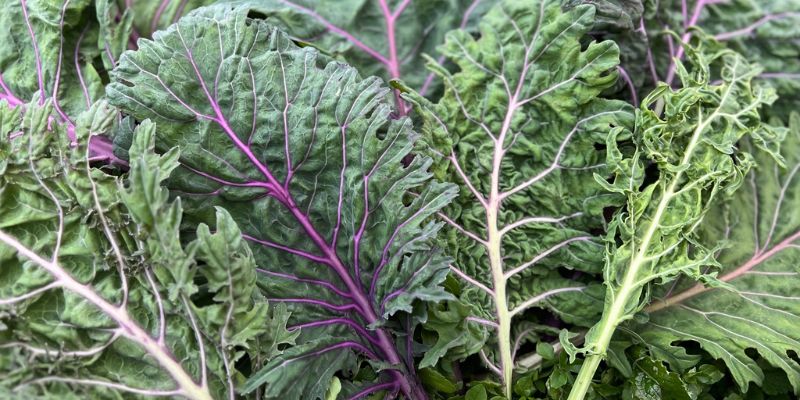
Thank you for this! What a gift of discovery, harmony, and acceptance. I appreciate your dedication and approachability!
Love the variety of plants growing in my garden from this one seed packet. How do you prefer to use Mermaid’s Aurora in the kitchen? So far I’m enjoying eating it raw one leaf at a time 🙂
so glad you are enjoying her in your life. we mostly just chop and saute. this time of year we are mixing with galic and shallot scapes.